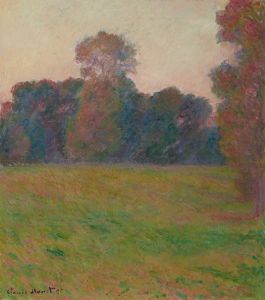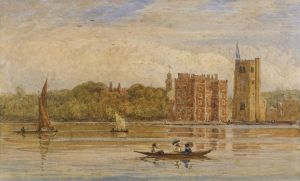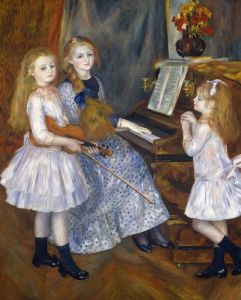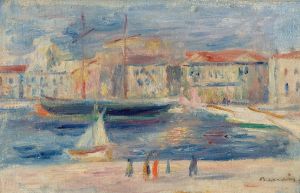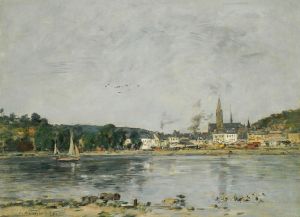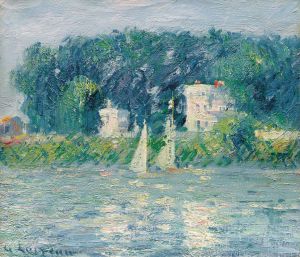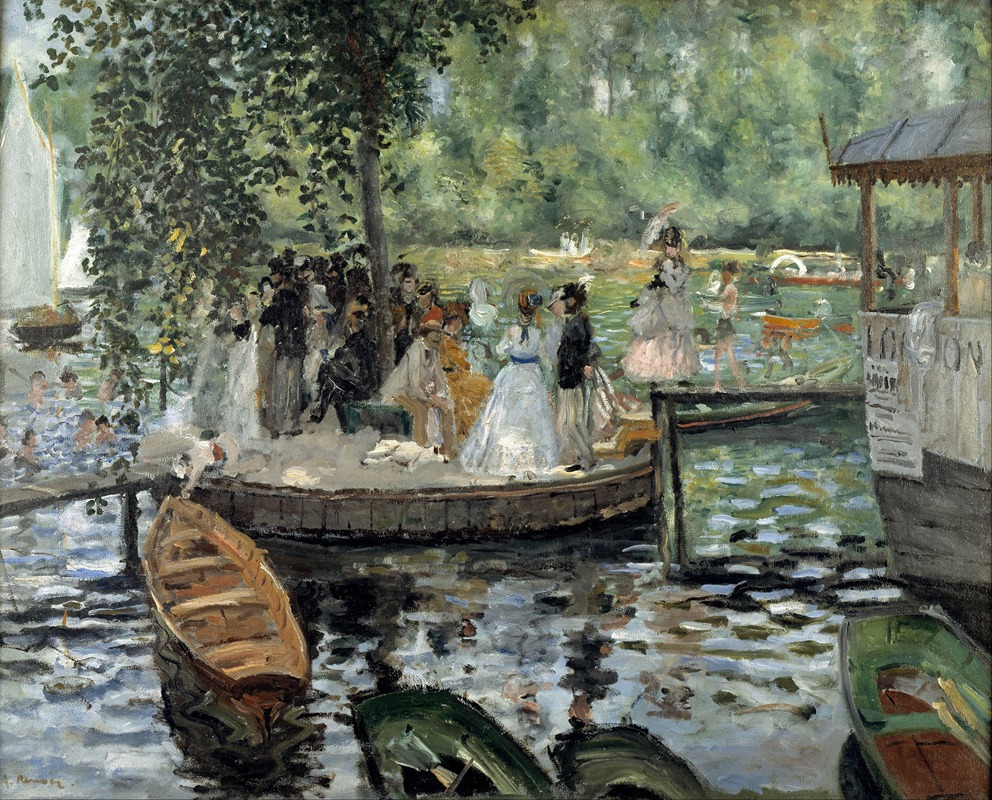
La Grenouillère
A hand-painted replica of Pierre-Auguste Renoir’s masterpiece La Grenouillère, meticulously crafted by professional artists to capture the true essence of the original. Each piece is created with museum-quality canvas and rare mineral pigments, carefully painted by experienced artists with delicate brushstrokes and rich, layered colors to perfectly recreate the texture of the original artwork. Unlike machine-printed reproductions, this hand-painted version brings the painting to life, infused with the artist’s emotions and skill in every stroke. Whether for personal collection or home decoration, it instantly elevates the artistic atmosphere of any space.
"La Grenouillère" is a painting created by Pierre-Auguste Renoir in 1869. Renoir, a prominent French artist, is known for his contributions to the Impressionist movement, which sought to capture the effects of light and atmosphere in everyday scenes. This particular work is a prime example of his early Impressionist style.
The painting depicts a popular leisure spot on the Seine River called La Grenouillère, which translates to "The Frog Pond." Located near the village of Croissy-sur-Seine, La Grenouillère was a fashionable destination for Parisians seeking relaxation and entertainment during the summer months. It featured a floating café, a dance hall, and a small island connected by a wooden bridge, where visitors could enjoy boating, swimming, and socializing.
Renoir's "La Grenouillère" captures the lively atmosphere of this riverside retreat. The composition is filled with figures engaged in various activities, such as boating and conversing, set against the shimmering water and lush greenery. The artist's use of loose brushstrokes and vibrant colors effectively conveys the play of light on the water and the dappled sunlight filtering through the trees.
Renoir painted "La Grenouillère" alongside his friend and fellow artist Claude Monet, who also created his own version of the scene. Both artists were experimenting with new techniques that would later define the Impressionist movement. They focused on capturing the fleeting effects of light and color, rather than adhering to the precise details and rigid compositions of traditional academic painting.
The painting is notable for its dynamic composition and the sense of movement it conveys. Renoir's brushwork is fluid and spontaneous, creating a sense of immediacy and capturing the vibrancy of the scene. The figures are rendered with a sense of liveliness and individuality, yet they are also integrated into the overall harmony of the composition.
"La Grenouillère" is an important work in Renoir's oeuvre, as it marks a pivotal moment in his artistic development. It demonstrates his growing interest in capturing modern life and his mastery of the techniques that would come to define Impressionism. The painting is also significant for its historical context, as it reflects the social and cultural changes taking place in France during the late 19th century.
Today, "La Grenouillère" is housed in the Nationalmuseum in Stockholm, Sweden. It remains a celebrated example of Renoir's early work and a testament to his skill in capturing the beauty and vitality of everyday life. The painting continues to be admired for its innovative approach to light and color, as well as its depiction of a quintessentially Parisian leisure activity.





